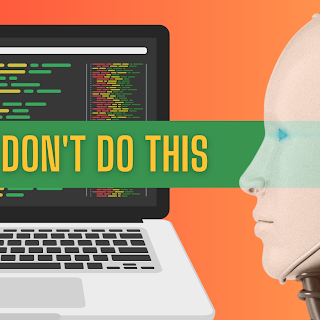Strings are a type of data in programming that represent textual data. They are sequences of characters that can include letters, numbers, symbols, and spaces. In most programming languages, you can identify a string because it's enclosed within quotation marks.
String Concatenation: This refers to the operation of joining two or more strings together. For example, if we have two strings, str1 = "Hello" and str2 = "World", we can concatenate them to create "Hello World".
String Slicing: This operation allows you to access a subset or a "slice" of a string. For example, if we have str = "Hello World", and we want to access the first five characters, we can use slicing. The way you do this depends on the programming language. In Python, it would be str[0:5].
String Formatting: This allows you to insert and format data within a string. For example, in Python, you can use the format method: "Hello {}, welcome to the world of {}".format(name, subject), where the variables name and subject will be inserted in the placeholder {}.




0 Comments